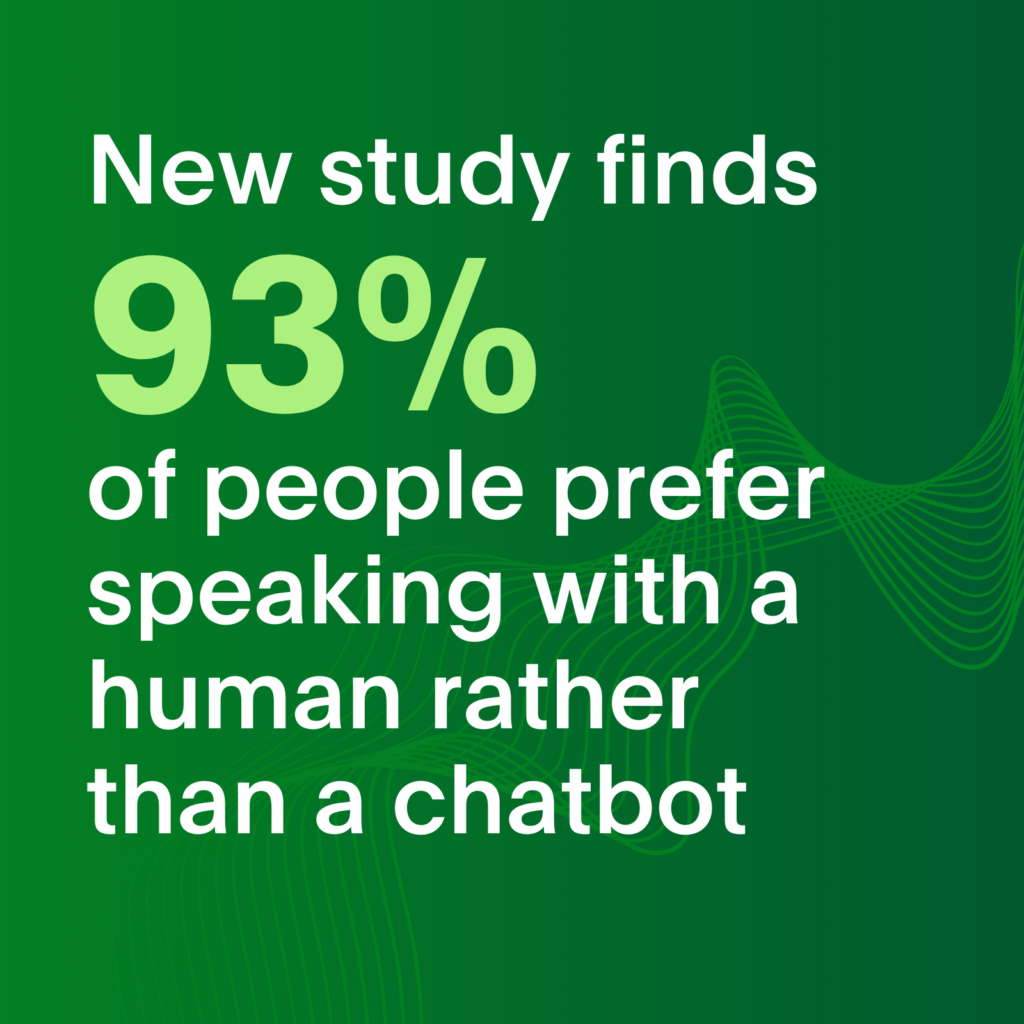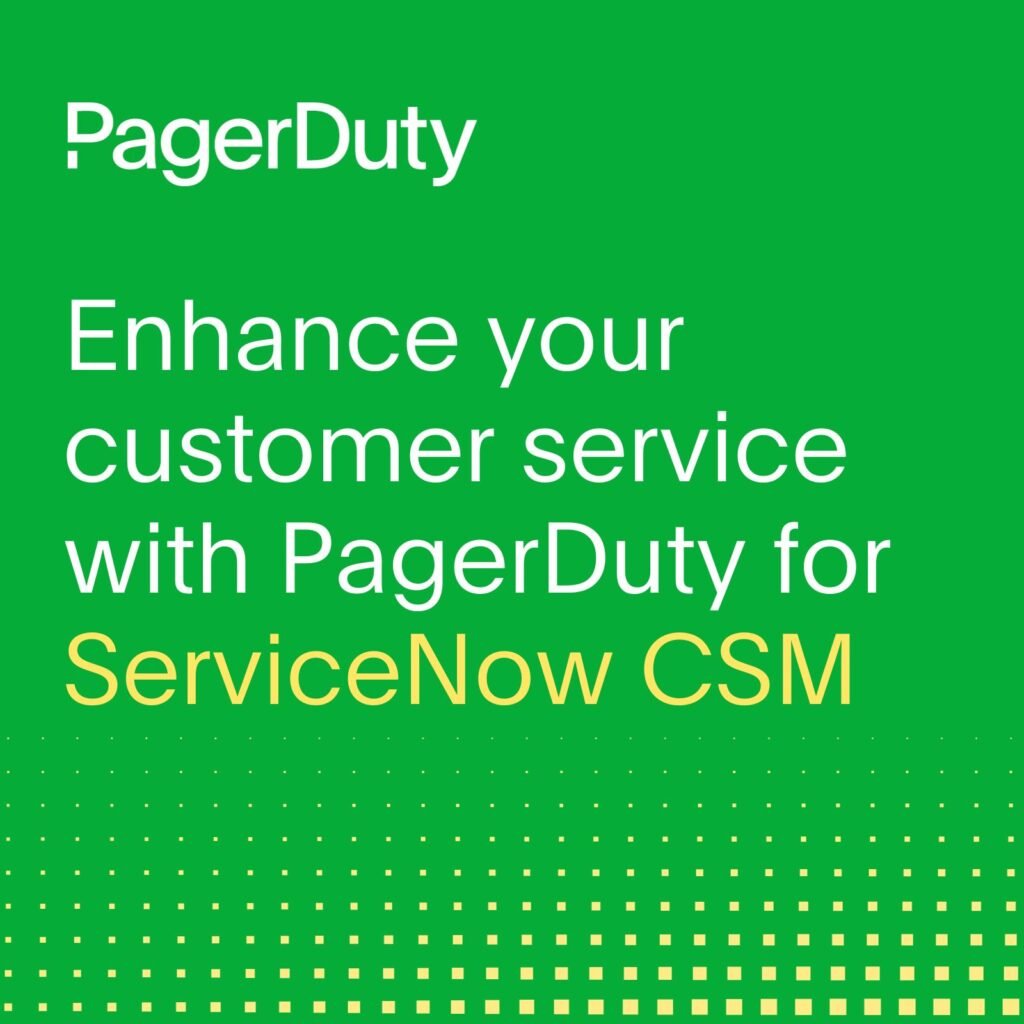- PagerDuty /
- Blog /
- Customer Service /
- How PagerDuty Leverages Customer Service Ops to Delight Customers
Blog
How PagerDuty Leverages Customer Service Ops to Delight Customers
Connection, empathy, and speedy responses are more important in the Customer Support world today than they ever have been before. I’m writing this while sitting in the same place I have worked from for the last year: in my dining room-turned-office, pads of sticky notes, and various charging cables keeping my cookbooks company on the shelf. Prior to March 2020, I commuted to an open office almost every weekday.
I sat in a row of desks alongside the rest of my team for most of the day, and I would often catch colleagues on their way to the kitchen for another cup of coffee, taking advantage of the hallway chat for quick collaboration. I’m not unique in that for someone very used to that environment, the last year has turned my life upside down. The biggest thing I see missing each day is the same thing I took for granted in those hallway chats: connection, empathy, and the speed at which I could get a response or get something done.
The Customer Support Team
For my team (the PagerDuty Customer Support team), those impromptu, in-office moments often meant the difference between getting information they needed to help our customers quickly versus facing a delay. Because of this, I have to admit that I was incredibly nervous about how our temporary shift to being a fully remote team would impact us. I found myself asking questions like:
- How will my team collaborate if they can’t tap each other on the shoulder to discuss how to prioritize our queue?
- Will the team feel less ability to connect with our engineering teams when an issue needs live discussion? For example, would they still be in the loop if we had a service degradation, requiring a post to our status page?
- Selfishly, as I was used to hearing about such issues in person: will I be able to stay informed as much as I need to?
- Customers will still expect the same high quality service that our team is known for providing; will we be up to the challenge with our communication and collaboration vehicle of in-person work disrupted?
Enabling Customer-Facing Teams
Last year, PagerDuty introduced a new customer service solution, enabling customer-facing teams to stay in the loop with dev teams proactively and keep customers informed in critical moments. My team and I were more excited than anyone to see this launch. We’ve been using the product this way for years, and seeing this effort confirmed what we already knew:that connection with and empathy for your customers throughout the business is easier to scale when your customer-facing teams have a clear line of sight to your technical teams. This mindset, in tandem with a focus on PagerDuty’s “Champion the Customer” company value and maintaining a close partnership with our engineering org, has allowed us to provide a consistently high-quality support experience, even over the challenges of the past year.
One of the most valuable things about our customer service solution are integrations with ticketing systems, such as Salesforce Service Cloud, Zendesk, and Freshworks. These integrations are highly flexible and will easily adapt to your needs, which allows agents to work where they are. If you can build business rules around a workflow in your ticketing system, you can leverage PagerDuty in that workflow. The ways in which my team uses PagerDuty might be common, but they’re only two of many possibilities, and I still look forward to finding new ways for my team to show value in our use of the product.
Staying On Top of Tickets
Our first, and most common, use of PagerDuty for PagerDuty Support is staying on top of ticket prioritization. Like many companies of our size, we have a subset of customers who have purchased our Premium Support service, allowing them access to different levels of prioritization, service level agreements (SLAs), and emergency access to the team outside of business hours for critical issues. Tickets from customers in this category require lightning-fast action from the team and a high level of internal coordination. Support can immediately start work with the customer, but may require collaboration with engineering or other internal teams to cross the finish line. If you have several of these tickets at once, the queue, and the team’s sense of what is important, can get messy easily.
Time-Critical Escalations
We use Zendesk, so solving this in our setup simply meant installing the PagerDuty integration, tweaking the straightforward settings in the PagerDuty UI, and setting up business rules in Zendesk to send events to the integration based on criteria that made sense for us. One of the biggest benefits this service provides is helping us stay on top of our SLA commitments. Instead of an email notification from a ticketing tool that could easily get buried in anyone’s inbox, each person on my team is empowered to get PagerDuty notifications when a ticket is approaching SLA timeout in the way that works best for them. If they need help, they can easily use PagerDuty to request help from a teammate or even escalate to another tier of support if necessary. Time is critical here, so PagerDuty showing them exactly who is on call and who can serve as the escalation point takes out the manual work of checking in with a teammate to see if they’re available to take the ticket.
Staying on top of high-priority issues is easy to do when you can just tap your peers on the shoulder in the office, but less so when that ‘tap’ is a ping in Slack and you have no way to tell if they saw your note until they respond. The accountability that PagerDuty drives in this process isn’t a perfect substitute for in-person collaboration, but it is many steps closer than we would be without it. Myself and my team of managers can also rest easy knowing that we rarely, if ever, have to step into these types of PagerDuty incidents because of that accountability. We’re in the system as escalation points in the event that someone misses a notification, and the team is able to add us as responders or stakeholders if they need a manager opinion, or just want us to be able to follow along with a critical issue. We can also use PagerDuty’s analytics tooling to help us gain a deeper understanding of what our customers and team are facing at any given moment, complementing the analytics we already have in Zendesk.
Staying More Connected
The second major way that PagerDuty Support uses PagerDuty is to stay more connected with the engineering team when something has gone wrong, and to be the voice of our customers in these moments, providing valuable insight to teams who don’t have the same exposure to customers each day. PagerDuty’s incident response process already uses PagerDuty to allow those playing any role in a major incident to document and collaborate while the incident is ongoing, and our Support team is no exception.
As soon as a major incident is kicked off in our internal PagerDuty account, an automated response play adds one of our team as the Customer Liaison, i.e. the point person for all things customer during the incident call and the reference point for their peers on Support. Having Support in the incident call fills a crucial need for the teams troubleshooting the issue, as Support can not only tell them how many customers have reported the issue, but can also relay customer sentiment as a guiding factor in the response effort. While we used to grab in person war rooms as needed, PagerDuty managing this process means that we can recreate a similar environment easily, even automatically including our conference bridge in the incident details.
Working Where you Are
Thanks to the most recent version of our Zendesk integration, it’s now possible for us to add more PagerDuty functionality to this process: agents can link their Zendesk tickets to the existing PagerDuty incident without ever having to leave Zendesk itself. At PagerDuty, we refer to this as the “work where you are” model. Working where you are helps the Customer Liaison communicate to other stakeholders how many customers are reporting an issue in a seamless fashion. The team can also view the status dashboard directly from Zendesk to get a quick, real-time view of system health, and they can even manually trigger an incident from the PagerDuty Zendesk app if they identify an issue that they know the engineering team will want to look at right away.
Giving the team these abilities within the same tool that they normally work out of all day is incredibly powerful. They can now fold these actions into the course of their normal work in the queue, rather than take a longer path clicking through multiple tabs and windows to complete these tasks. The efficiency and focus gain are highly valuable for everyone involved, and it’s another opportunity to scale their customer empathy throughout the business, empowering agents with their ability to advocate on a customer’s behalf through a tool they’re already familiar with.
Key Metrics and Benefits
Customer Support organizations focus on many key metrics. With PagerDuty for Customer Service, we saw benefits in multiple areas:
- For premium Support customers with strict SLA requirements, agents were more effectively able to communicate with engineering teams when cases neared SLA breaches.
- As we adopted Customer Service Ops, overall resolution times decreased.
- The team felt more connected to the organization by knowing who was on call and removing the guesswork.
- By adopting the “work where you are” model, teams saw fewer interruptions in their workflows, and bi-directional communication was seamless.
Ownership of critical issues on the team not only develops agents’ skills, but also directly leads to lower response times, higher CSAT scores, and happier agents.
Overall, while our team won’t always operate in an entirely virtual world, digital business is here to stay. The future of work has forever changed with the need to stay preventative and customer-focused. The driving forces to making sure that we can make the right decisions will be the same three factors that customers expect out of any good support experience: connection, empathy, and speedy responses. With PagerDuty for Customer Service, I’m confident that our team will stay on track in exceeding customer expectations.


